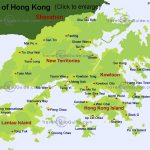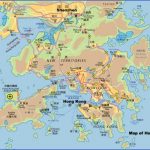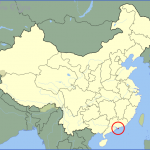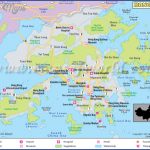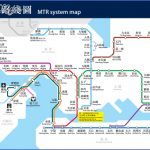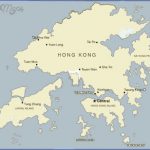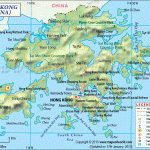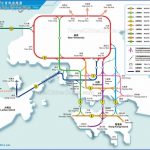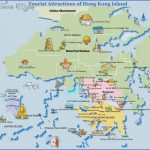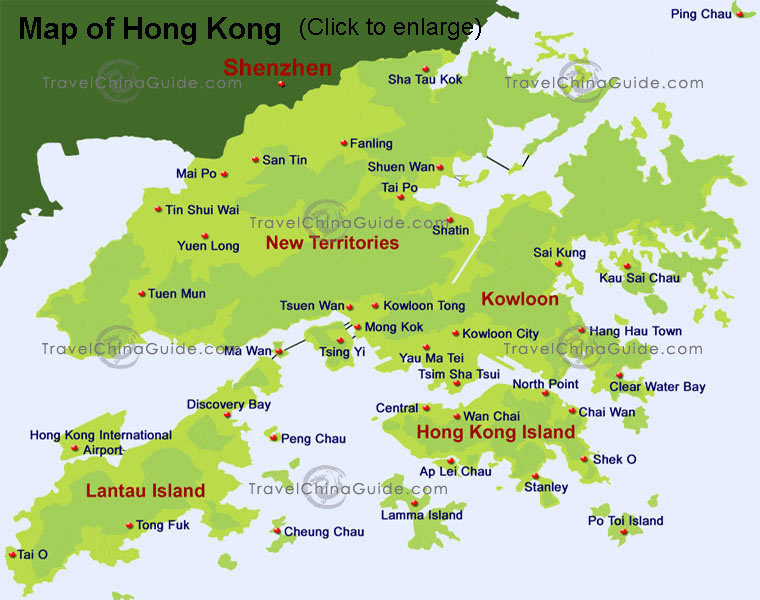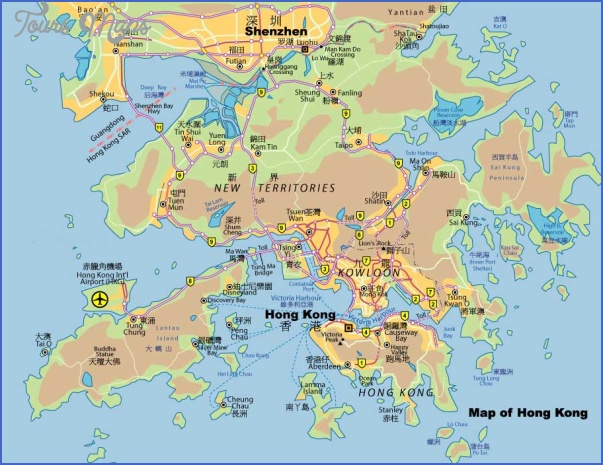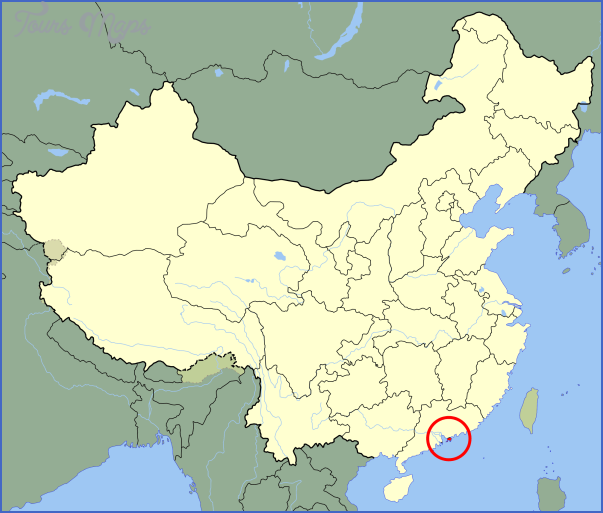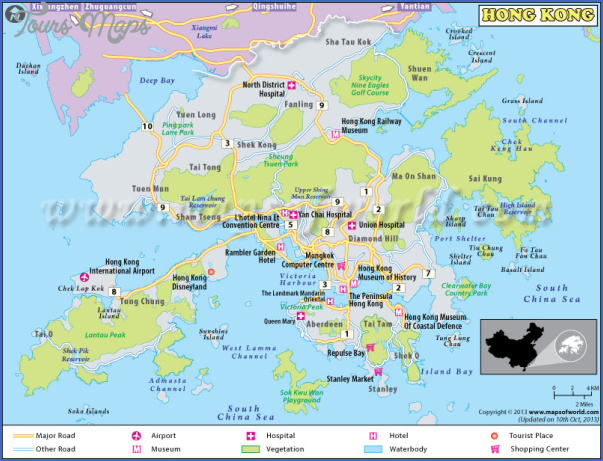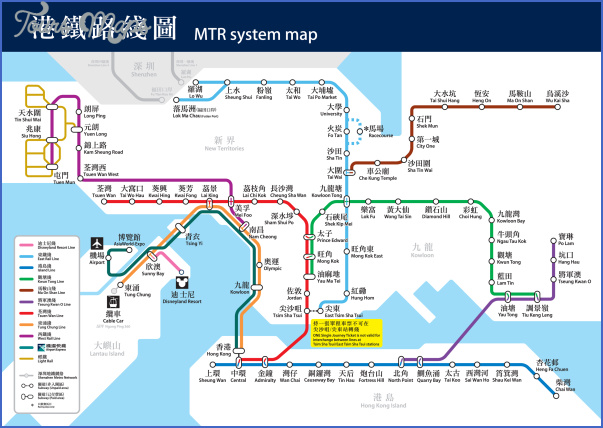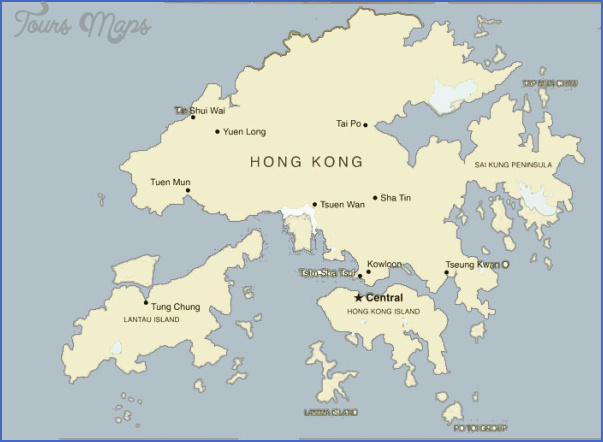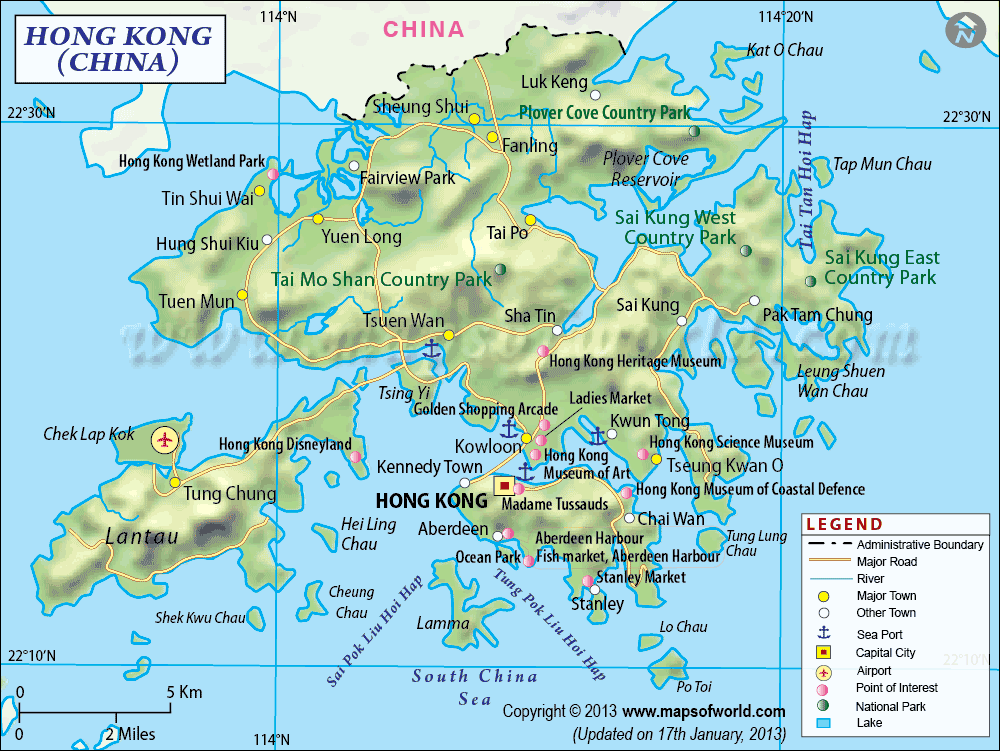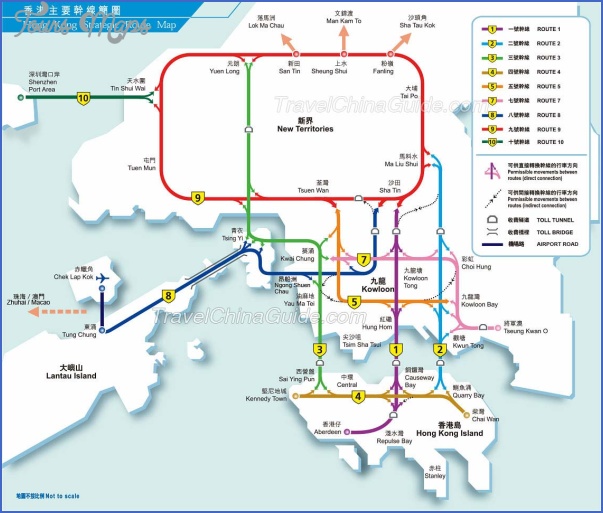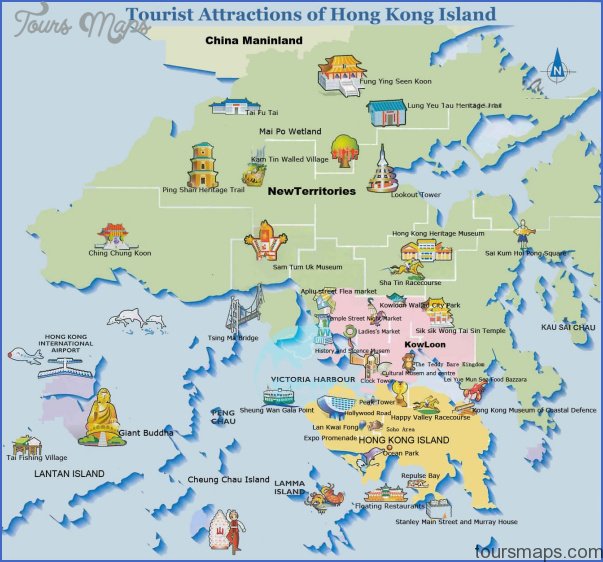Area: 1071sq.km/413sq. miles. Altitude: 0-95gm/0-3144ft Population: at least 6,000,000. Capital: Victoria (Central District)
The following short description is included in view of the fact that in 1997 Note Hong Kong is to be returned to Chinese rule. Detailed coverage can be found in the separate Baedeker guide for “Hong Kong Macau”. The city state of Hong Kong (Chinese: Xiang Gang) is situated about Situation and 145km/90 miles south-east of Canton on the South China coast within the Territory bounds ofthe delta formed by the Canton River and its various tributaries, which reaches a width of as much as 30km/19 miles. Hong Kong’s exact location not far south of the Tropic of Cancer is between 229′ and 22°37’N and 113°62′ and 114°30’E. To the north it is bordered by the People’s Republic of China (Guangdong/Kwantung Province), while to the south lies the South China Sea. The name Hong Kong (“fragrant estuary”) refers not only to the offshore island bearing that name but also to the whole of the independent territory, which has the status of a Crown Colony under British administration. The colony consists of Hong Kong Island itself with its administrative centre Victoria (originally an independent town; more recently referred to as Central District), the peninsula of Kowloon, which includes the urban area ofthe same name, and the still relatively rural New Territories, which include almost all the nearby islands and islets.
The complete surface area of the colony, including expanses of water, is Area and 2911sq.km/1124sq. miles. The land surface amounts to 1071sq.km/ Topography
Hong Kong’s highly fragmented topography can be likened to a labyrinth, consisting of rocky islands (over 230) and promontories with narrow coastal plains and countless hidden bays. Between the main island of Hong Kong and the Kowloon peninsula lies the harbour of Victoria.
The highest point of elevation is Taimo Shan (958m/3144ft) situated in the New Territories.
Climate The climate is basically sub-tropical. The summers are hot and humid, the winters cool, but always dry and sunny. Spring and autumn are very short. Rainfall occurs primarily in spring and summer, often in the form of heavy showers. The difference between day and night temperatures is small, averaging only 5.5°C/10°F. Daytime temperatures in summer usually lie between 25 and 31°C/77 and 88°F. The high humidity, often as much as 90%, makes the climate at this time of year very oppressive. Between May and September Hong Kong is frequently hit by typhoons. In winter the temperatures seldom fall below 10°C/50°F and on fine days can climb to as much as 20°C/68°F. Late autumn and early winter (October-December) can be the most agreeable months for a visit with deep blue skies and pleasantly warm sunshine. In spring (February/March) it is wet and misty, while by May the summer sun’s effects are felt. Population At Hong Kong’s first census in 1851 the colony had a population of 32,983, of whom 31,463 were Chinese. In 1931 there were 878,947 inhabitants, including 859,425 Chinese. The flood of legal and illegal immigrants and refugees from the People’s Republic of China and other crisis-torn areas of the south-east Asian sub-continent have caused the population to increase to at least 6,000,000 since 1949/1950. About 98% ofthe population of Hong Kong are Chinese, predominantly Cantonese and Hakka. The British community totals some 20,000 (excluding military personnel). There are over
15,000 US citizens and more than 100,000 nationals of other states (particularly the British Commonwealth). About 60% ofthe inhabitants were born in the colony.
The population density is extremely high with an average of about 5500 people per sq.km/14,250 per sq. mile, while the built-up area of Kowloon has the highest density to be found anywhere in the world with a staggering 200,000 per sq.km/520,000 per sq. mile. The annual rate of population growth is at present around 1.5%, average life expectancy 78 years, illiteracy about 11%. Those in employment work predominantly in industry and the service sector, and the proportion of Hong Kong citizens with jobs is well over 90%.
Bearing in mind Hong Kong’s considerable material prosperity it is surprising how under-developed the social infrastructure is. Government spending on education, health, and care ofthe sick and elderly is extremely low, with the result that abject poverty and excessive wealth are to be found glaringly juxtaposed. The refugee problem represents an extraordinary burden for the city.
Despite all the efforts ofthe British administration the problem of housing in the colony has proved intractable; over a million people live in households numbering more than seven to a room.
One of the worst manifestations of Hong Kong’s housing shortage are the so-called container homes. These 1.5×2.2m/5x7ft “cages”, stacked side by side and one on top of another, are in reality little more than places to sleep.
Squatter people Poverty is most in evidence among the half-million or so “squatter people”, settlers without any legal rights, too poor to afford proper accommodation, living in slums or makeshift shacks on the hillsides or at the water’s edge among the 15,000 “tanka”, the “boat people” whose own
Living conditions numbers have noticeably declined thanks to an intensive programme of house building,
Buddhism, Taoism and Confucianism are the most widespread religions (about 600 temples), but there is a substantial Christian minority (some 500,000) as well as Muslims, Hindus, Israelites and other minority faiths. Indeed places of worship ofthe various religions and philosophies – temples, churches, mosques and synagogues – all co-exist peacefully alongside one another.
The culture of China, which can trace its history back to the middle ofthe 3rd millennium B.C., entered Hong Kong with the flood of Chinese immigrants to the colony. Even today it is this tradition which defines the spiritual life of the city, notwithstanding colonisation and immigration from other Asiatic countries, Europe and America.
The official languages are Chinese (Cantonese; since 1974) and English.
Hong Kong Map Photo Gallery
Maybe You Like Them Too
- The Best Cities To Visit in The World
- World’s 10 Best Places To Visit
- Coolest Countries in the World to Visit
- Travel to Santorini, Greece
- Map of Barbados – Holiday in Barbados

